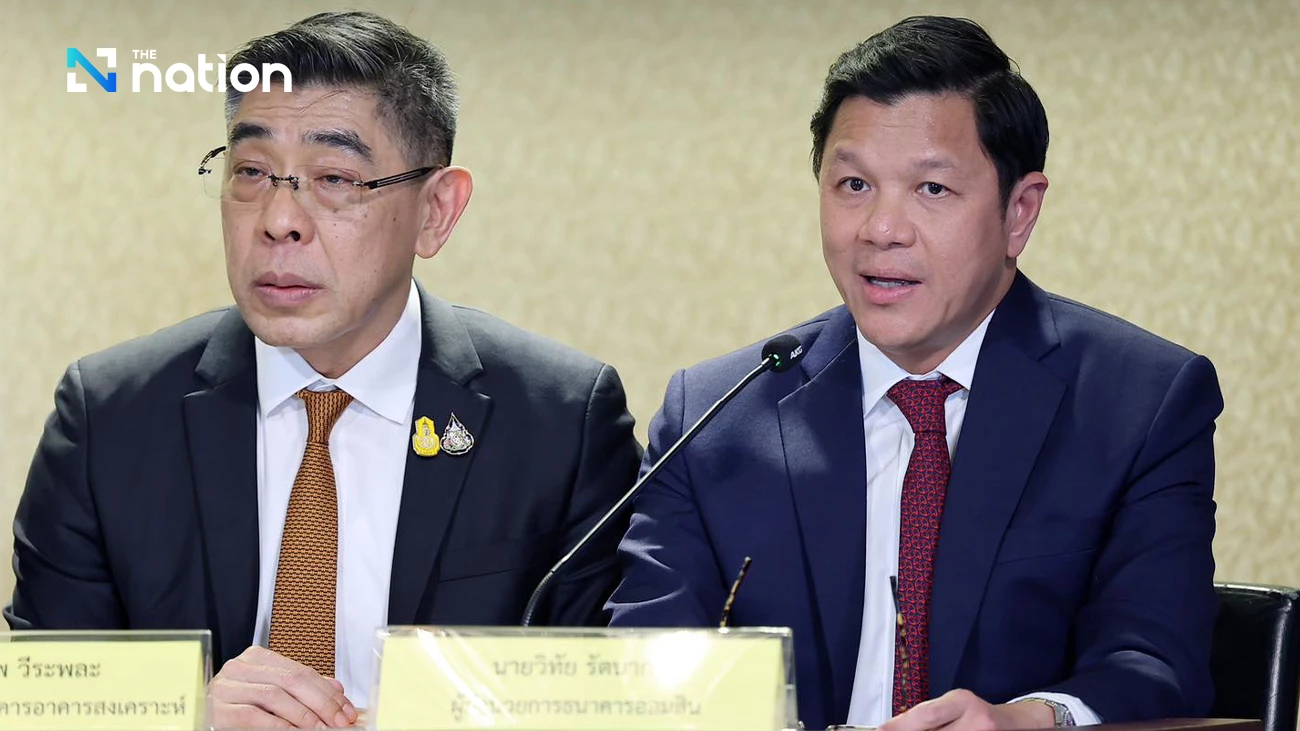China’s yuan and its internationalisation route

AT THE end of last month, the Chinese yuan was the first currency of an emerging country to receive permission to join the International Monetary Fund’s Special Drawing Rights basket. For those who have no idea about the SDR, it is a fund created in 1969
That is to say, if a financial crisis happens again, IMF member countries now have the right to obtain not only US dollars, euros, yen or pounds – the currencies previously in the SDR – but also yuan to meet balance-of-payment needs.
Does this mean something to the world currently?
Even though nobody can say that becoming an SDR currency is a bad thing, we can clearly see that it does not mean anything on a daily basis.
So why did China want this status so badly?
Internationalisation and becoming widely accepted by people in the financial market might be the real reason, from my point of view.
For people in the market, questions of government transparency and politics have been the issues that made them stay away from the yuan. Perhaps winning the IMF’s endorsement will allow China to claim that its shift towards a transparent economy is bearing fruit.
Is it good for the Chinese and world economies? Could the yuan become a main Asian currency in the near future?
In short, the answer is no.
This event was a historical moment for the yuan. Its inclusion, however, is not a happy-ending moment but, instead, the beginning of a new journey for both the yuan and China.
Internationalisation comes in three stages. First, the currency must be widely used in trade and financial transactions. Second, it has to become a real safe asset for not only Chinese people but also for non-resident investors. Last, it must be a regional anchor and make related currencies less volatile.
In Asia, our best example was when Japan tried to internationalise its yen over the past 50 years. In that period, Japan, as a major exporter, had a natural advantage to make the yen one of the international currencies.
Japan’s portion of trade got larger and larger and yen internationalisation was a very hot topic in the 1980s because of its capital account opening up, which paved the way for foreigners to invest in yen assets.
A policy shift towards making it easier to borrow in yen triggered a sharp acceleration in Japanese banks’ lending, while the country’s gross domestic product rose by double digits. The Bank for International Settlements reported that the yen accounted for almost one-third of global transactions.
During the 1980s to the 1990s, the yen, which had traded at around 200 per US dollar, strengthened to around 100.
In particular, yen made huge progress in becoming both a trading currency and a safe asset during this time.
However, the glory days of the yen came to an end. Too much government debt compounded by an ageing population made it harder for Japan’s economy to advance and triggered a “lost decade” of slow growth and deflation.
The far-too-strong yen finally created an additional barrier to foreign direct investment in Japan and brought China, a rival provider of cheap goods, into existence as a powerhouse.
Japan failed to make the yen the Asian anchor.
Inclusion, then what?
China has a huge portion of world trade. Thus, Stage 1 is clear.
However, becoming a safe asset will not be an easy task.
Becoming an SDR currency does not mean that any IMF members will need to have yuan in their reserves. Moreover, if we expect that the opening of the capital account will be a subsequent policy move, more volatility is about to come, not stability.
China and the yuan bring more risk at present.
Asean currencies
Asean imports from China are around 15 per cent of GDP on average, but Asean currencies’ correlation to yuan is about 25 per cent. In other words, the yuan influences Asean currencies more than what should be explained by the trade value.
A strong relationship may come from the fact that China’s economy is, at present, more meaningful to the Asean economy than as just a trading partner. Nevertheless, in finance, lower risk comes from less unpredictability. As the yuan and the Chinese economy are not stable, this relationship brings more risk than reward.
In this sense, if China wants to advance the yuan further as our regional anchor, a stable currency and steady growth are the prerequisites.
From now on, it will be really interesting to see if the yuan’s new journey will succeed and become an alternative to the US dollar or if it will fail and become just another yen. Internationalisation of the yuan will surely come soon, step by step.
It is hoped that in near future, the Asian financial community will be able to grow together with China.
Views expressed in this article are those of the author and not necessarily of TMB Bank or its executives. Jitipol Puksamatanan is global economist and currency strategist at TMB Analytics, the economic analysis unit at TMB Bank. He can be reached at [email protected].
RELATED






